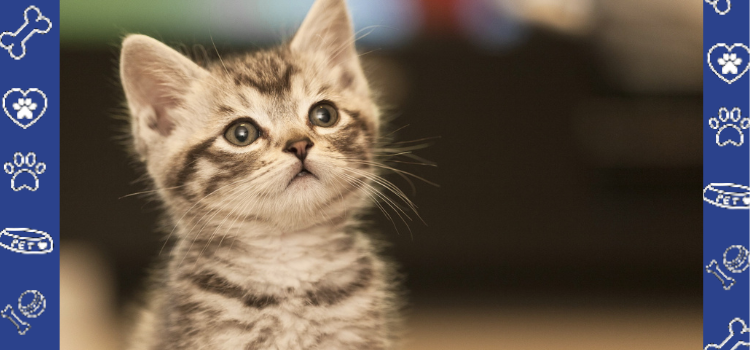Separation Anxiety in Cats: Ca...

Separation Anxiety in Cats: Causes, Symptoms, and How to Help
Cats are often seen as independent creatures, but many felines form deep bonds with their owners and can experience separation anxiety when left alone. If your cat exhibits signs of stress when you're away, it's essential to understand the causes, recognize the symptoms, and take steps to ease their distress. For pet owners needing housing accommodations for their emotional support animal (ESA), PetCerts.com can help with obtaining an ESA housing letter, ensuring you and your companion can live together without restrictions.
Causes of Separation Anxiety in Cats
While separation anxiety is more commonly associated with dogs, cats can also suffer from it due to various reasons, such as:
-
Early Weaning or Abandonment – Kittens separated from their mothers too soon may struggle with attachment issues later in life.
-
Changes in Routine – A sudden change in work schedules, moving to a new home, or a family member leaving can trigger anxiety.
-
Single-Pet Households – Cats that don’t have other pets for companionship may rely heavily on their owner’s presence.
-
Past Trauma – Cats that have experienced neglect, shelter life, or frequent rehoming may develop anxiety when separated from their caregiver.
Symptoms of Separation Anxiety in Cats
Identifying separation anxiety in cats can be tricky, as they often hide their stress. However, some common signs include:
-
Excessive Meowing or Howling – Vocalization when you’re preparing to leave or while you’re gone.
-
Destructive Behavior – Scratching furniture, knocking over objects, or chewing on inappropriate items.
-
Litter Box Issues – Urinating or defecating outside the litter box due to stress.
-
Over-Grooming – Excessive licking or pulling out fur, leading to bald patches.
-
Clingy Behavior – Following you from room to room and showing distress when you move out of sight.
-
Loss of Appetite – Refusing to eat while you’re away.
How to Help a Cat with Separation Anxiety
If your cat struggles with being alone, there are several ways to ease their anxiety:
-
Create a Comforting Environment – Provide cozy spaces, interactive toys, and window perches to keep them engaged.
-
Use Pheromone Diffusers – Products like Feliway mimic calming feline pheromones to reduce stress.
-
Stick to a Routine – Feeding, playtime, and departure routines help create a sense of stability.
-
Offer Stimulating Toys – Puzzle feeders, automatic toys, and scratching posts can keep them occupied.
-
Leave Background Noise – Soft music or television can provide a sense of company.
-
Gradual Desensitization – Practice short absences and gradually increase the time away to help your cat adjust.
-
Consider an ESA Housing Letter – If your cat provides you with emotional support, PetCerts.com can assist in obtaining an ESA housing letter. This allows you to live with your emotional support cat in housing that might otherwise have pet restrictions.
The Importance of an ESA Housing Letter
For those who rely on their cat for emotional support, an ESA housing letter from PetCerts.com ensures that your furry companion can stay with you, even in no-pet housing. This legal document helps protect your rights under the Fair Housing Act, preventing landlords from imposing pet-related restrictions or fees on your ESA.
Separation anxiety in cats is a real and challenging issue, but with patience, care, and proper intervention, your feline friend can feel more secure when left alone. If your cat plays a vital role in your emotional well-being, consider obtaining an ESA housing letter through PetCerts.com to ensure you can always provide them with a safe and loving home. By addressing their anxiety and securing their place in your residence, you’ll be creating a happier and healthier environment for both of you.